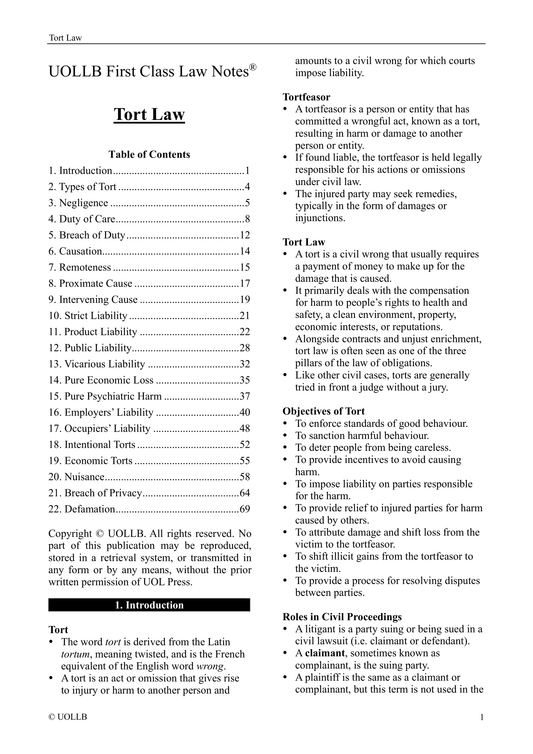Postal Rule in Contract Law
Share
The postal rule, also known as the postal acceptance rule, posting rule, or mailbox rule, is a longstanding principle in contract law. Originating in the 18th century with the establishment of postal services, it determines the moment of contract formation when parties communicate at a distance.
Contract formation: For a legally binding agreement to exist, an offer and acceptance are essential, along with intention and consideration. Disputes often arise regarding contract formation and the parties' legal obligations.
Evolution: The rule's origins can be traced back to the 1818 case of Adams v Lindsell, establishing that a contract is formed when the acceptance letter is posted, not upon the offeror's receipt. Subsequent cases, like Household Fire Insurance Co v Grant (1879) and Byrne v Van Tienhoven (1880), affirmed this principle, even if the acceptance letter is delayed or lost in the post.
Application: The postal rule applies when the acceptance is sent through the post (or other communication), properly addressed and stamped, and posted promptly. The challenge in enforcing the rule lies in proving when the acceptance letter was sent.
Exceptions: Exceptions to the rule exist when the offeror specifies that acceptance is not effective until received, or when the offeror receives notice of acceptance revocation before receiving the acceptance. The rule doesn't apply to instantaneous communication methods like telephone.
Criticisms: Critics argue that the postal rule, developed to protect against offer revocation, may be outdated in an age of faster communication. Cases like Re London v Northern Bank (1900) have established that a letter is posted only upon reaching the possession of the Post Office, introducing complications.
Alternatives: Alternatives to the postal rule include the receipt rule, where acceptance is effective upon receipt by the offeror, and the dispatch rule, where acceptance is effective when dispatched by the offeree. Each alternative has its advantages and challenges.
In conclusion, the postal rule, a cornerstone in contract law, has evolved over centuries to accommodate the changing landscape of communication. From its roots in the 18th century to landmark cases like Adams v Lindsell, this rule has played a pivotal role in determining the moment of contract formation, particularly in remote transactions.




























































